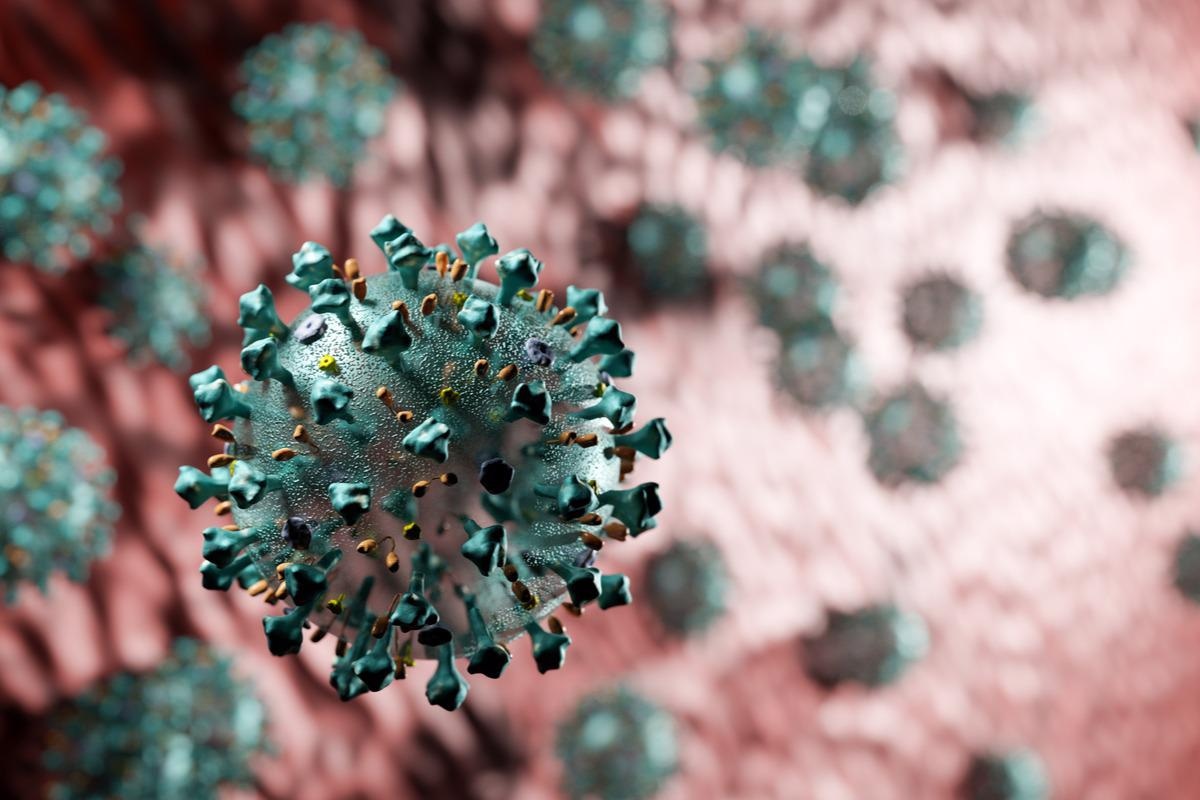Persistent hard work and groundbreaking research by scientists have led to the development of several vaccines to limit the spread of severe acute respiratory disease syndrome coronavirus 2 (SARS-CoV-2), the causal agent of the coronavirus disease 2019 (COVID-19) pandemic. However, the frequency of ‘breakthrough’ infections in fully vaccinated individuals increased with the appearance of the Delta variant of concern (VOC).
 Study: Comparison of infectious SARS-CoV-2 from the nasopharynx of vaccinated and unvaccinated individuals. Image Credit: PHOTOCREO Michal Bednarek/Shutterstock
Study: Comparison of infectious SARS-CoV-2 from the nasopharynx of vaccinated and unvaccinated individuals. Image Credit: PHOTOCREO Michal Bednarek/Shutterstock
This suggests that novel SARS-CoV-2 variants may mediate the degree of escape from immunity within vaccinated individuals. However, it is unclear whether such infections led to onward transmission. A new study, published on the medRxiv* preprint server, assessed the levels of infectious virus (obtained from the nasopharynx) in vaccinated and unvaccinated individuals.

 *Important notice: medRxiv publishes preliminary scientific reports that are not peer-reviewed and, therefore, should not be regarded as conclusive, guide clinical practice/health-related behavior, or treated as established information.
*Important notice: medRxiv publishes preliminary scientific reports that are not peer-reviewed and, therefore, should not be regarded as conclusive, guide clinical practice/health-related behavior, or treated as established information.
Motivation
Previous research showed that breakthrough infections with the Delta VOC generated similar levels of viral nucleic acids among vaccinated and unvaccinated individuals. However, controlling for similar Ct values, is there a significant difference between the infectivity of vaccinated and unvaccinated individuals? Further, the duration of protection provided by vaccination in vaccinated individuals infected with SARS-CoV-2 variants remains unknown.
A new study
Researchers conducted a study involving 125 (72 vaccinated and 53 unvaccinated) patients to address the questions above. Nasopharyngeal samples were obtained from excess clinical samples used to diagnose SARS-CoV-2 infection. The study period was July to August 2021, during which the Delta VOC was the predominant circulating variant.
To allow for significant heterogeneity, nasopharyngeal samples were selected from a range of RT-qPCR cycle threshold (Ct) values among vaccinated individuals. These were, subsequently, matched with corresponding Ct values among unvaccinated individuals. Further, within given Ct ranges, individuals were matched by other characteristics, such as age and sex, to control for demographic differences between cohorts. After matching vaccinated and unvaccinated cohorts, scientists observed no significant differences in age or sex. 41.6% were male, and the mean age was 46.9 years.
Sixty-five individuals with breakthrough infections had completed a standard two-dose mRNA vaccination program among the vaccinated cohort. Seven vaccinated individuals received a single dose of a SARS-CoV-2 adenovirus vector vaccine (Johnson and Johnson).
Main findings
Scientists found no significant difference in SARS-CoV-2 genome copy numbers between vaccinated and unvaccinated infections, controlling for differences in clinical testing platforms. Subsequently, they performed quantitative plaque assays to study whether there were differences in levels of infectious virus between breakthrough infections and unvaccinated individuals. Once again, no significant differences were found across cohorts.
The next step was to analyze the proportion of nasopharyngeal samples with a culturable virus. Researchers observed a lower percentage of infectious samples in vaccinated patients (21%) relative to unvaccinated patients (40%). Taken together, these data suggest that the current vaccines may not change the levels of replicating virus in the upper respiratory tract once viral infection establishes. However, the vaccines may protect enhanced neutralization of infectious viral particles or rapid clearance.
It is important to understand if the probability of culturing infectious viruses is mainly driven by demographic factors or differences in disease trajectories. To address this issue, scientists used a log-binomial model with robust standard errors to predict the probability of detecting infectious viruses among vaccinated and unvaccinated patients.
It was observed that vaccination significantly reduced the presence of infectious virus during breakthrough infection (by 51%). Among patients that completed two doses of the mRNA vaccine, it was observed that this protection waned significantly with time, starting at five months post-vaccination. Overall, the data suggested a marked loss in protection against the presence of infectious viruses among vaccinated individuals.
Conclusion
These results obtained in the current study are in line with previous studies that suggested that mRNA vaccination protection decreases over time. These results have important implications concerning the timing of booster jabs to prevent onward transmission from breakthrough cases. Scientists stated that the adoption of mRNA boosters in a critical 4–6-month window could reduce the transmissibility of the virus among fully vaccinated individuals with breakthrough infections.

 *Important notice: medRxiv publishes preliminary scientific reports that are not peer-reviewed and, therefore, should not be regarded as conclusive, guide clinical practice/health-related behavior, or treated as established information.
*Important notice: medRxiv publishes preliminary scientific reports that are not peer-reviewed and, therefore, should not be regarded as conclusive, guide clinical practice/health-related behavior, or treated as established information.